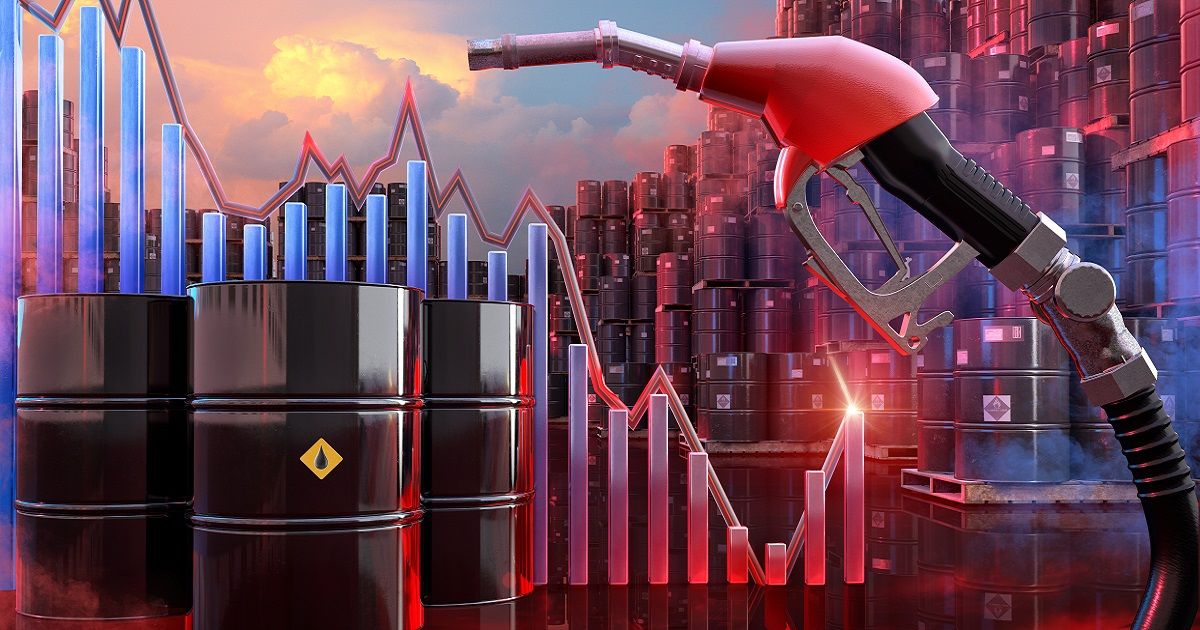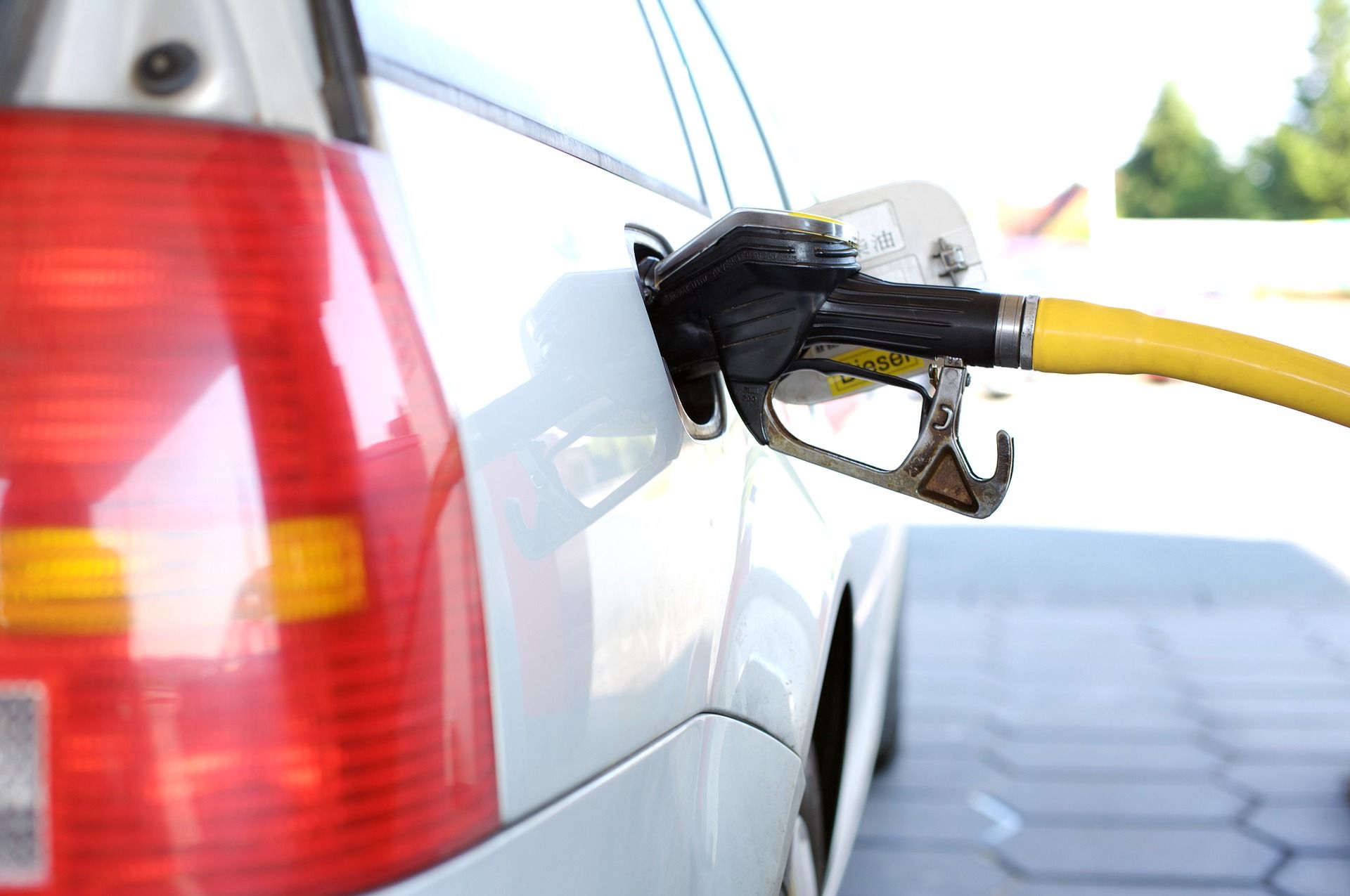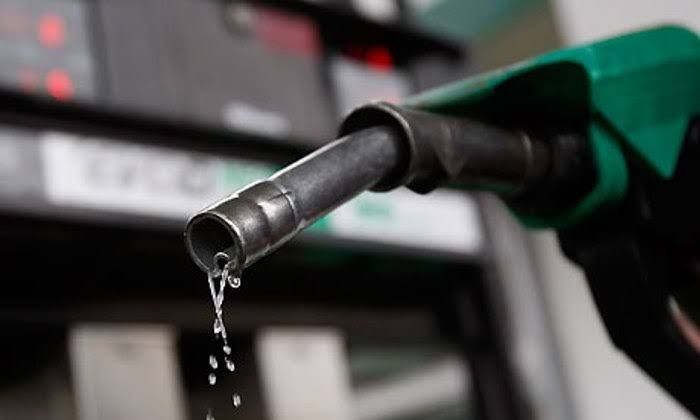In many nations, automobiles and trucks are major petroleum consumers, and they contribute substantially to greenhouse gas (GHG) and environmental pollutants emission. When it comes to obtaining high speeds when driving, drag force is one of the biggest roadblocks.
In a situation where an automobile is traveling at any kind of speed, then there’s a specific proportion of fuel used to overcome such drag.
Automobile manufacturers are putting in plenty of effort these days on producing vehicles with lower fuel consumption in order to attract customers.
Traditional methods of lowering a vehicle's fuel consumption includes reducing its total weight, changing the engine volume (cc), changing the engine combustion process, and so on, all of which have a direct impact on the vehicle's comfort and performance.
Drag Coefficient
Drag coefficient is a dimensionless variable used in fluid dynamics to quantify an object's drag or resistance in a fluid environment such as air or water. It's employed in the drag equation, where a lower drag coefficient suggests a less aerodynamic or hydrodynamic item.
The type of drag coefficient being measured determines the reference area. The impacts of the two primary contributions to fluid dynamic drag: skin friction and form drag, are combined in the drag coefficient of any object.
Fuel Economy
The distance traveled by a vehicle and the amount of gasoline consumed is measured by its fuel economy. Consumption can be measured in terms of the amount of gasoline required to go a given distance or in terms of the distance traveled per unit volume of fuel spent.
To approximate the vehicle's actual performance, many methods are applied. Fuel energy is utilized to counteract various losses (wind resistance, tire drag, and others) that occur during vehicle propulsion, as well as to power automotive systems like ignition and air conditioning. Drag force is primarily determined by the body's velocity, frontal area, and coefficient of drag.
Other than lowering the cost of transportation, fuel economy gives almost little direct advantage. Car owners are willing to pay more for fuel economy when the price of fuel rises; when the price falls, consumers are less willing to pay for better fuel economy.
As a result, the cost of gasoline influences the decision to buy a car. Consumers weigh in on how much fuel economy they want in a new automobile and how much it will cost.
The Main Factors That Affect Fuel Economy
Weight
The weight of a vehicle affects how much energy it takes to travel, which can necessitate more or less fuel depending on the situation. A compact not only weighs significantly less than a truck or SUV, but its smaller size also allows it to have a smaller engine that doesn't have to work as hard to propel the vehicle ahead.
When comparing two automobiles of the same size, the materials used to make the components usually determine which vehicle is lighter.
Displacement
The volume of air consumed by the engine in a single revolution is referred to as displacement. Imagine an engine throttling along to get a sense of how this affects fuel economy. The more air that needs to be pushed when the engine is running, the more energy it requires. Typically, this measurement is represented in liters. The higher the number, the more fuel is burned while the engine is in motion.
Efficiency In Terms Of Aerodynamics
The term "aerodynamic" has been utilized as a marketing buzzword over the years. What is, however, aerodynamic efficiency, and how does it affect fuel economy? That's all there is to it.
When you move, air, like liquid, provides resistance. This resistance, also known as drag, can be reduced by using curves and a well-designed shape. A vehicle that is relatively tall and has few bends, such as a truck, on the other hand, will take more gasoline to travel through the air. If the exterior of a car appears weird, it's probable that it was just meant to reduce drag as much as possible.
Resistance To Mechanical Forces
One thing is aerodynamic efficiency, but what about mechanical resistance? Designing or tuning up automobiles is full of these types of obstacles for carmakers and individuals with auto mechanic skills. If lowering drag by adjusting the vehicle's design is tough, lowering mechanical resistance is even more challenging.
The amount of energy required by the vehicle to move all of the various components in the drivetrain is referred to as mechanical resistance. When a car is moving, the transmission, wheel bearings, axles, and a variety of other components all play a role in affecting the vehicle's fuel consumption, performance, and stability.
Final Thoughts
You've probably observed that automotive design has become more streamlined over time. To put it another way, most consumer automobiles no longer have a boxy appearance. Some of this is for aesthetic reasons, but the majority is to reduce a vehicle's drag coefficient.
The drag coefficient of a cube is high, while that of a teardrop is low. Car manufacturers help vehicles “slip” through the air more readily by lowering the drag coefficient. The amount of fuel required to move the car is reduced as a result, and the savings are reflected in your wallet and the environment.


.png)


.jpeg)